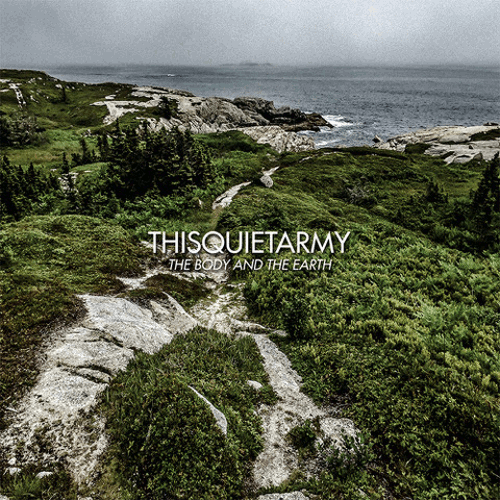 The brief spoken-word section, remote and benign, of the drifting opening track to Christine Ott‘s latest release, Time To Die, lends an air of tired truth to the doomy and distorted soundscape. Electronic sounds waver in the dust of a far-flung outpost, distant and interminable.
The brief spoken-word section, remote and benign, of the drifting opening track to Christine Ott‘s latest release, Time To Die, lends an air of tired truth to the doomy and distorted soundscape. Electronic sounds waver in the dust of a far-flung outpost, distant and interminable.
The eerie static implies huge distance, mystery and decay and as drums slowly interject a feeling of unfulfilled promise, and we feel ourselves drawn closer to home; but the wind is blowing through these long-deserted places. It is an impressive and dramatic introduction to a series of pieces that cover much ground. The simple melancholy of the piano pieces “Brumes” and “Miroirs” evoke a slow release of pressure, the droplets pure and distinguished, falling like tears. It is as if they are trying to escape themselves, but are mired in the rush of notes as they proceed.
In other places, as on on “Landscape”, the delicate piano is more comfortable, with the choice, picked notes warm in the embrace of Christine’s wordless vocal. The feeling is of an embrace after a period of uncertainty, and the album behaves all the way through like this, treating you to one sensation and then drawing you into something else.
The trepidatious piano on “Horizons Fauves” is accompanied by slashes of vicious noise. The warnings of mysterious distortion are hard to ignore as the piano descends into a lovely impressionistic sketch, brief but assured, rebelling against the war of noise around it, melancholy but confident that it can find a way out, accepting of the inevitability of the outcome. It is these twists and turns and emotional outbursts and then withdrawing that makes Christine’s music such compelling and all-encompassing listens.
The album ends with the sounds of rain as the piano and Ondes Martenot attempt a slow dance, heavy with sentiment; a slow waltz around a place that will never be seen again. It is a far cry from the space and texture and distance of the opening piece on Time To Die. The sense of wonder at the universe has been compressed to the deep feelings of the heart and the realisation that the cycle will continue.Christine Ott is incredibly prolific, but each release is its own world, always worthy of investigation and always inventive and full of humanity. I look forward to the next.
-Mr Olivetti-



